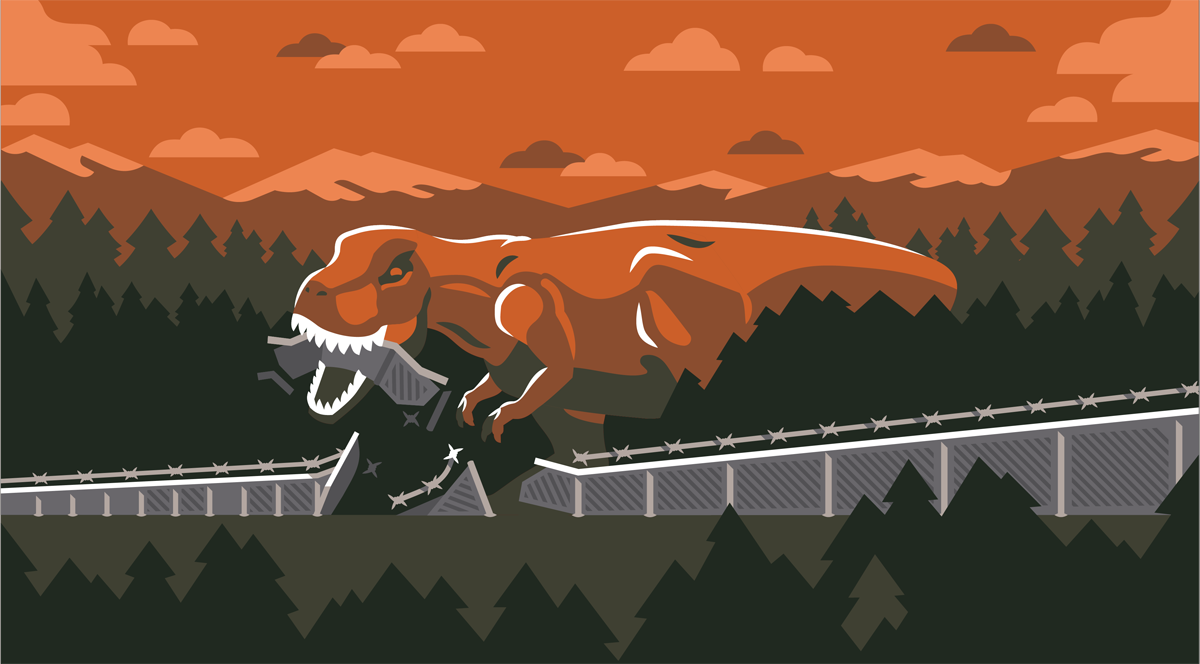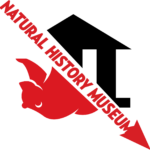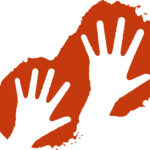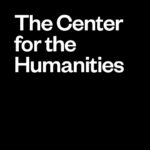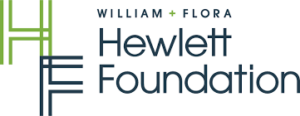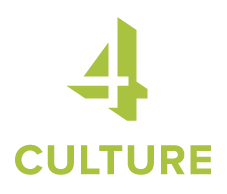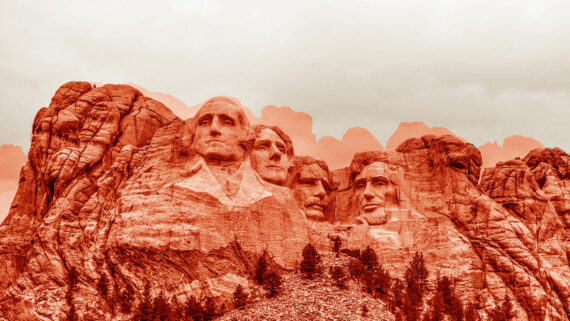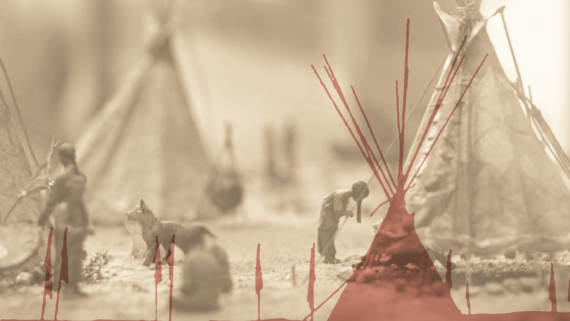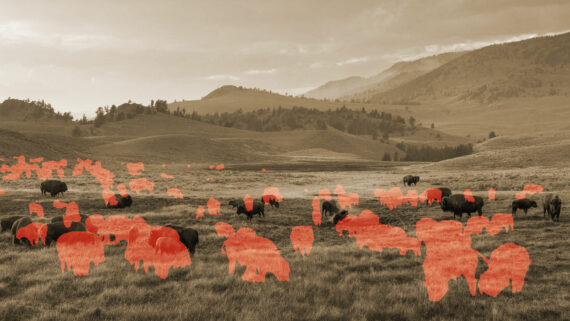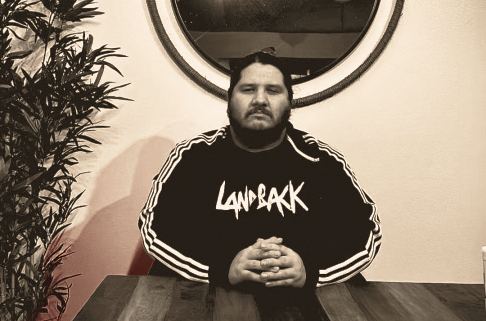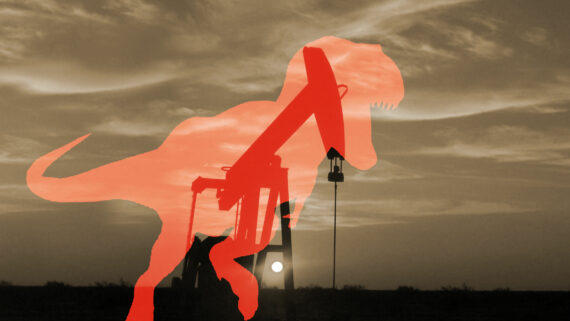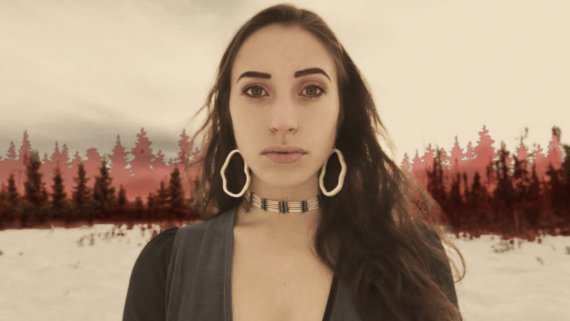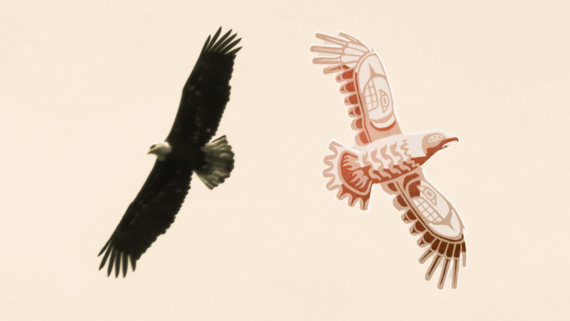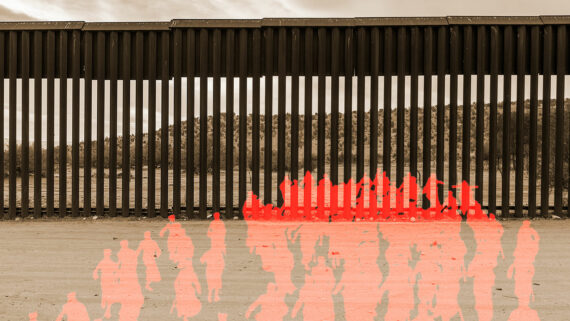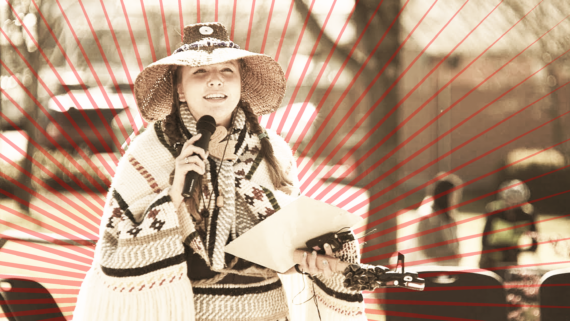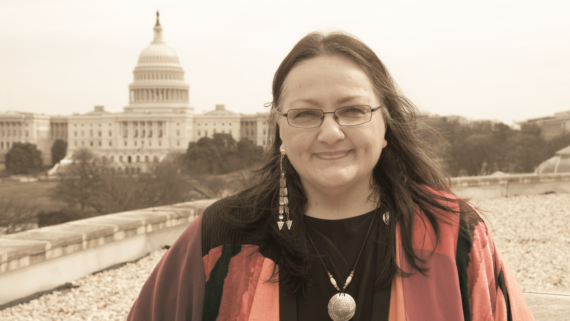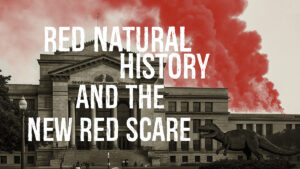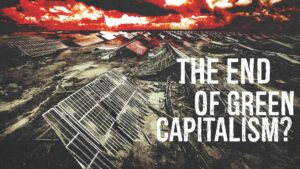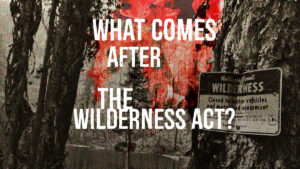A two-day virtual symposium of panel discussions, poetry, films, and a call to action.
April 12 & 13, 2023
“During the Great Depression, my Cherokee grandfather sold his Indian allotment so that he could finish college. While he was a student, he was presented with this question on an exam: What was the most defining feature of the American West? He wrote a single word on the page, “fences,” and turned in his exam. Reportedly, he received an A.”
– Hester Dillon (Cherokee) in “Unfencing the Future: Voices On How Indigenous and Non-Indigenous People and Organizations Can Work Together Toward Environmental and Conservation Goals”*
Fences create artificial borders between places and mediate the relations between them—what goes in, what comes out, and under what conditions. Without the lines that fences inscribe, there would be no place for border police. Nor could lands be parceled up, claimed as property to be possessed or plundered.
In the history of conservation, the logic of fencing was institutionalized in what critics call “fortress conservation,” a project of drawing boundaries between designated wilderness areas and their outsides, expelling perceived threats to ecological balance–from Indigenous Peoples, to predator species. In the process, habitats have been fragmented, and lifeworlds devastated.
While the science of fortress conservation has been widely discredited, we continue to live in its world. Where did this model come from? Where does it endure? How is it encoded in current laws, policies, and institutional practices—and more broadly, in our ways of seeing, understanding, and relating to the land? And what are activists, communities, and institutions doing to take it down?
Join community leaders, conservationists, legal scholars, geographers, historians, activists, and artists for a free online symposium dedicated to dismantling fortress conservation and its enduring legacy.
A Red Natural History launch event, organized by The Natural History Museum and co-sponsored by Survival International and the Center for the Humanities at CUNY Graduate Center.
*“Unfencing the Future: Voices On How Indigenous and Non-Indigenous People and Organizations Can Work Together Toward Environmental and Conservation Goals”, by Hester Dillon (CC BY-NC-ND 4.0)
WEDNESDAY, APRIL 12
2:00 pm – 5:30 pm EST / 11:00 am – 2:30 pm PST
THURSDAY, APRIL 13
2:00 pm- 6:45 pm EST / 11:00 am – 3:45 pm PST
This is a 2-day symposium taking place on Zoom–feel free to register for one or both days.
Program*
All times below are in EDT.
DAY 1 – APRIL 12
2:00 – 2:30 pm: Opening poem and introduction
2:30 – 3:45 pm: Panel Discussion: Conservation by Dispossession
3:45 – 4 pm: Film: The Sacred Remains
4 – 5:15 pm: Panel Discussion: Indigenizing Conservation
DAY 2 – APRIL 13
2 – 2:15 pm: Opening poem
2:15 – 3:30 pm: Panel Discussion: Exterminating Extraction
3:30 – 3:45 pm: Performance
3:45 – 5 pm: Panel Discussion: Defending the Sacred in Law and Policy
5:15 – 5:30 pm: Film: From the Ancestors to the Grandchildren
5:15 – 6:30: Panel Discussion: Unfencing the Future for the Storms to Come
6:30 – 6:45: Closing
* With Musical Interludes from Theory of Ice, by Leanne Betasamosake Simpson.
Speakers
Andrew Curley (Diné) – Assistant professor in the School of Geography, Development, and Environment at the University of Arizona
Ashley Dawson – Professor of postcolonial studies in the English department at the Graduate Center, City University of New York and author of People’s Power: Reclaiming the Energy Commons
Billy Fleming – Landscape architect, Wilks Family Director of the Ian L. McHarg Center in the Weitzman School of Design, and author of Drowning America: The Nature and Politics of Adaptation
Dina Gilio-Whitaker (Colville Confederated Tribes) – Academic, journalist, and author of As Long As Grass Grows: The Indigenous Fight for Environmental Justice from Colonization to Standing Rock
Elizabeth Yeampierre – Executive Director, UPROSE, and Co-Chair, Climate Justice Alliance
Enei Begaye (Diné/Tohono O’odham) – Executive Director, Native Movement in Alaska
Jim Enote (Zuni) – CEO, Colorado Plateau Foundation, and Chair of the Board of Trustees, Grand Canyon Trust
Johnsie Wilkinson – Honors Attorney-Advisor at the U.S. Department of the Interior, Office of the Solicitor
Jon Eagle Sr. (Lakota) – Tribal Historic Preservation Officer, Standing Rock Sioux Tribe
Judith LeBlanc (Caddo) – Executive Director, Native Organizers Alliance
Julia Fay Bernal (Sandia Pueblo/Yuchi-Creek) – Executive Director, Pueblo Action Alliance
Kai Bosworth – Geographer, professor, and author of Pipeline Populism: Grassroots Environmentalism in the 21st Century
Karl Jacoby, Allan Nevins Professor of American History, Columbia University
Mark Tilsen (Oglala Lakota) – Activist and poet
Melissa K. Nelson (Anishnaabe/Métis/Norwegian) – Ecologist, Professor of Indigenous Sustainability at Arizona State University, and President of Cultural Conservancy
Natchee Blu Barnd – Associate professor of Native American studies at Oregon State University and author of Native Space: Geographic Strategies to Unsettle Settler Colonialism
Rosalyn LaPier (Blackfeeet/Métis) – Award winning Indigenous writer, environmental historian, and ethnobotanist
Rueben George (Tsleil-Waututh) – Sundance Chief and manager of Tsleil-Waututh Nation Sacred Trust Initiative
Ruth Łchav’aya K’isen Miller (Dena’ina Athabaskan) – Artist, musician, and climate justice activist
Kwaslmut Sadie Olsen (Lummi) – Student and Co-Founder of Whiteswan Environmental
Suzan Shown Harjo (Cheyenne and Hodulgee Muscogee) – poet, writer, lecturer, curator, policy advocate, and recipient of a 2014 Presidential Medal of Freedom
Dr. Wendsler Nosie Sr. (San Carlos Apache) – Founder of Apache Stronghold and former Chairman and Councilmember of the San Carlos Apache Tribe
Wesley Furlong – Attorney, Native American Rights Fund (NARF), Anchorage, AK
President Whitney Gravelle (Bay Mills Indian Community) – Chairperson of the Bay Mills Indian Community, Michigan
Music
Leanne Betasamosake Simpson (Michi Saagiig Nishnaabeg) is a renowned scholar, award-winning author, artist, and musician who has been widely recognized as one of the most compelling Indigenous voices of her generation. Her work breaks open the intersections between politics, story and song. She is an author of eight books, including A Short History of the Blockade, Rehearsals for Living (with Robyn Maynard), and Islands of Decolonial Love. Her latest album, Theory of Ice, which was shortlisted for the Polaris Prize, is a soundtrack to the Indigenous resurgence that is reverberating across the continent.
Produced by
Partners
Events
Conservation by Dispossession
What if we understood fortress conservation not as the invention of patriotic nationalists in the American west, but as the renovation of a centuries-long process of primitive accumulation, where capitalist relations to land were violently imposed upon the world we share in common?
read more...Interlude: The Sacred Remains
This short film illuminates some of the deeper tensions at play in struggles to protect sacred places: a clash of irreconcilable ways of understanding and relating to the land, and what happens when the State’s perspective has been codified into federal law and the input of Tribal Nations as sovereigns is disregarded.
read more...Indigenizing Conservation
How are Indigenous culture bearers, archaeologists, and conservationists exposing the failures of current state and federal protocols for wildlife conservation, taking on the institutions and agencies tasked with preserving natural and cultural heritage, and pointing the way toward a more just and sustainable future for all?
read more...Interlude: Poems from the Frontlines by Mark Tilsen
A poetry reading by Mark K. Tilsen from his book, “It Ain’t Over Until We’re Smoking Cigars on the Drill Pad: Poems from Standing Rock and the Frontlines.”
read more...Exterminating Extraction
This panel brings together community leaders and activists from key sites of contemporary environmental struggle across the country, who argue not for bigger and better fences between their homelands and extractive infrastructure, but for the end of extraction itself.
read more...Interlude: Meditation Through the Eyes of the Salmon
A participatory exercise led by artist, performer, and climate justice activist Ruth Miller, inviting members of the audience to experience the world through the eyes of the salmon.
read more...
Defending the Sacred in Law and Policy
NEPA, NHPA, and other federal policies were drawn up to protect sensitive ecosystems, sacred and historic places, and ancestral lands and waters against destructive industrial development, yet time and again they fail. This event explores current challenges as well as opportunities for communities, legal activists, conservationists and historic preservationists to creatively leverage the law, change it, or replace existing policies entirely with new protections that can better protect what is sacred for the generations to come.
read more...Interlude: From the Ancestors to the Grandchildren
Narrated by Freddie Lane (Lummi), this video introduces the ways of seeing, understanding, and relating to the land, water and air that guide the work of the House of Tears Carvers, a collective of carvers from the Lummi Nation.
read more...Unfencing the Future for the Storms to Come
While the science of fortress conservation has been debunked, the ideology it was founded on persists in a vast array of responses to the climate crisis that benefit the few at the expense of the many. This panel asks what it means to unfence the future in our age of climate catastrophe.
read more...Opening Blessing and Song
Unfence the Future opens with a blessing and song from Kwastlmut, Sadie Olsen (Lummi), a student and co-founder of Whiteswan Environmental.
read more...Opening: A Poem by Suzan Shown Harjo
The second day of “Unfence the Future” opens with a poetry reading by Cheyenne and Hudulgee Muscogee poet and Native American rights advocate Suzan Shown Harjo.
read more...
